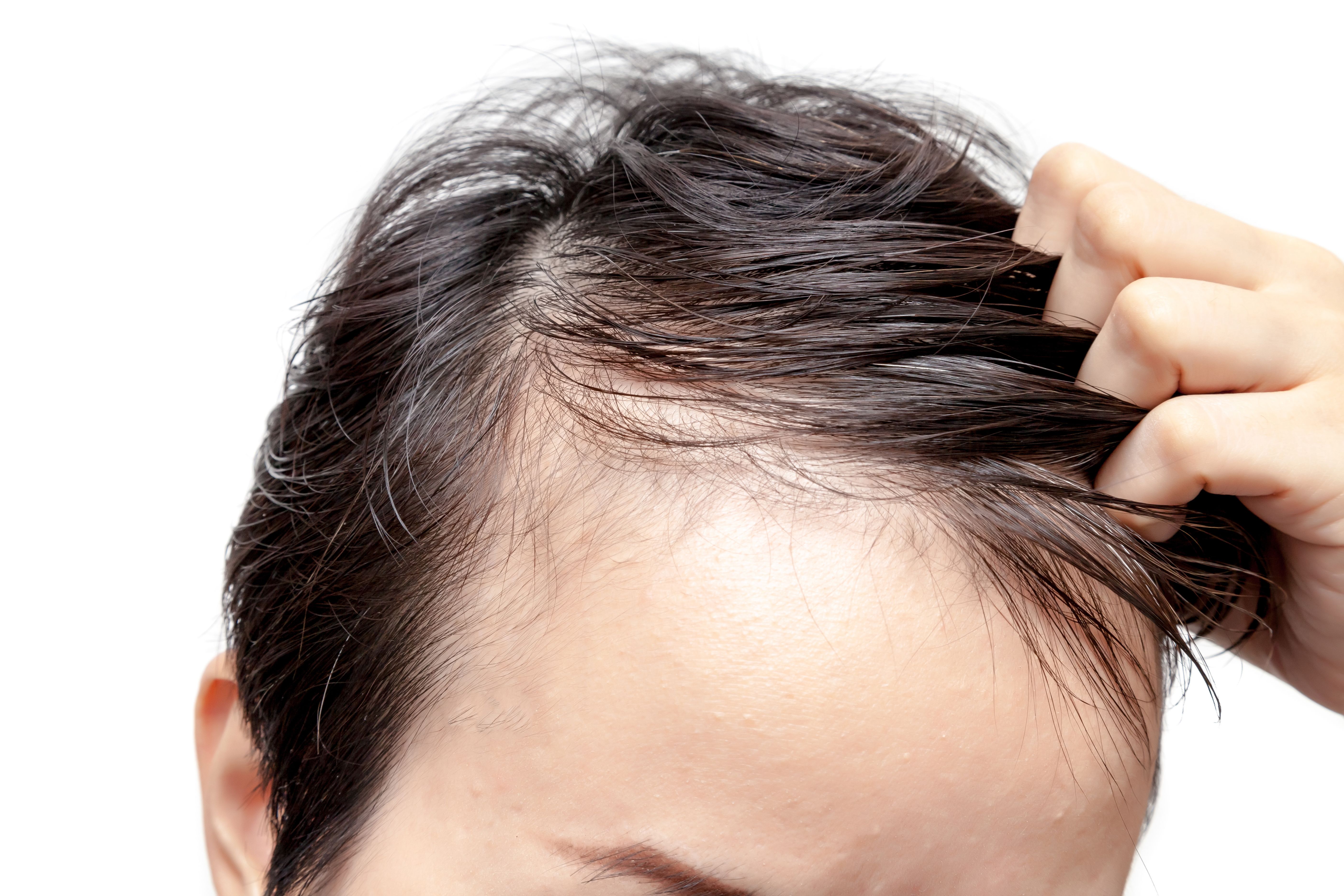News
Article
Oral JAK Inhibitors, Steroids Do Not Significantly Differ in Alopecia Hair Regrowth
Author(s):
Key Takeaways
- Oral JAK inhibitors and corticosteroids show similar efficacy in alopecia areata treatment, with no significant differences in SALT score outcomes.
- JAK inhibitors achieved >95% hair regrowth in 55.58% of patients, compared to 32.31% with oral steroids.
A systematic review presented at AAPA 2024 showed insignificant differences in treatment outcomes between oral JAK inhibitors and oral steroids based on alopecia outcomes like SALT.

Oral Janus kinase (JAK) inhibitors and corticosteroids were consistent with one another in treatment outcomes for alopecia areata including percent change Severity of Alopecia Tool (SALT) scores and percentage of patients to achieve 95% hair regrowth, among other outcomes, according to new findings.
Data from a systematic review of clinical research suggested that there are no significant differences in efficacy of JAK1 / JAK2 inhibitors and oral corticosteroids based on SALT outcomes for treated patients with alopecia. The findings, presented at the American Academy of Physician Associates (AAPA) 2024 Conference & Expo in Houston, TX, this week, provide a new context to gauging the treatment outcomes associated with a longtime treatment option in steroids, compared to a novel targeting—and more costly—agent in JAK inhibitors for a dermatologic condition that disparately affects patients of color.
Led by Nicole Yeung, MS, PA-C, of the Baylor College of Medicine, the team of Texas-based investigators sought to compare oral JAK inhibitors with oral steroids in the treatment of the autoimmune hair-loss condition alopecia areata. As the team noted, JAK inhibitors are a relatively new—and highly touted—agent for patients. Oral baricitinib (Olumiant) was approved for adult patients with severe alopecia by the US Food and Drug Administration (FDA) in June 2022; oral ritlecitinib (LITFULO) was then approved for patients ≥12 years old with severe disease a year later.
“Inhibition of JAK proteins blocks the intracellular pathways responsible for inflammation at the site of the hair follicles as seen in alopecia areata,” investigators wrote. “Due to significant cost differences and side effect profiles, it is important to compare JAK inhibitors and traditionally-used oral steroids for efficacy.”
The team sought primary outcomes including mean percent change from baseline SALT score to post-treatment score; mean >95% hair regrowth among treated patients; and safety profiles in terms of reported adverse events (AEs). SALT is a metric using 0 - 100 scoring to interpret quantification of hair loss, with higher scores indicating greater hair regrowth in this assessment.
Yeung and colleagues extracted relevant clinical data from 20 studies that met the criteria of publishing in English between January 2002 - May 2023 and assessing either therapy for such outcomes in adult patients aged ≥18 years old.
The final analysis included 1674 study subjects—1516 from randomized controlled trials, 7 from case reports, 56 from case studies, 50 from clinical trials and 45 from a retrospective study. Patient age and duration of disease since diagnosis varied significantly across the pool of studies. A significant majority of patients (n = 1112) received JAK inhibitors; 129 received oral steroids and 433 received a placebo.
Investigators observed the higher percent of patients achieving a SALT 80 score or greater with baricitinib (33.89%).Mean percent change in SALT scores was 52.03% among JAK inhibitors, versus 21.10% among oral steroids (P = .52).
Overall, JAK inhibitors yielded >95% hair regrowth in 55.58% of treated patients, versus 32.31% of patients receiving oral steroids (P = .076).
Regarding AEs, infection was prevalent in one-third (34.47%) of all treated patients. Baricitinib was associated with 402 reported AEs in patients; the next most affected were CTP-543 (n = 120), betamethasone (n = 78) and ruxolitinib (n = 50) arms.
Investigators noted this is the first systematic review to compare oral JAK inhibitors to oral steroids with priority to mean SALT score percent changes, hair regrowth, outcomes of treatment relevant to their achieving SALT ≥80. They concluded their findings showed no statistical significance between JAK inhibitors and steroids for each of these efficacy outcomes in the treatment of adults with alopecia areata.
Though their assessment was limited by the lack of standardized reporting, as well as risk of selection and publication bias and limited data regarding steroids in SALT outcomes, the team noted the analysis prompted interest in further assessment of quality-of-life measures in treated patients with alopecia areata, as well as consideration to social determinants of health measures due to the aforementioned burden of alopecia on patients of color.
“Given the recent FDA approvals of baricitinib and ritlecitinib, meaningful research should consider barriers between the market and consumers as well as the implications of adverse effects on long term health,” they wrote. “In terms of future research, universal standards in reporting outcomes should be set for ease of cross-study comparison.”
References
- Yueng N, DeSandro S, Erdman K, Fasser C, et al. Systematic Review of the Safety and Efficacy of JAK1 and JAK2 Inhibitors Compared with Oral Corticosteroids for the Treatment of Alopecia Areata. Paper presented at: American Academy of Physician Associates (AAPA) 2024 Conference & Expo. Houston, TX. May 18 - 22, 2024.
- Butera A. FDA Approves Baricitinib for Alopecia Areata in Adults. HCPLive. Published June 13, 2022. https://www.hcplive.com/view/fda-approves-baricitinib-for-alopecia-areata
- Kunzmann K. FDA Approves Ritlecitinib as First Drug for Adolescent Alopecia Areata. HCPLive. Published June 26, 2023. https://www.hcplive.com/view/fda-approves-ritlecitinib-first-drug-adolescent-alopecia-areata
- King BA, Senna MM, Ohyama M, et al. Defining Severity in Alopecia Areata: Current Perspectives and a Multidimensional Framework. Dermatol Ther (Heidelb). 2022;12(4):825-834. doi:10.1007/s13555-022-00711-3





